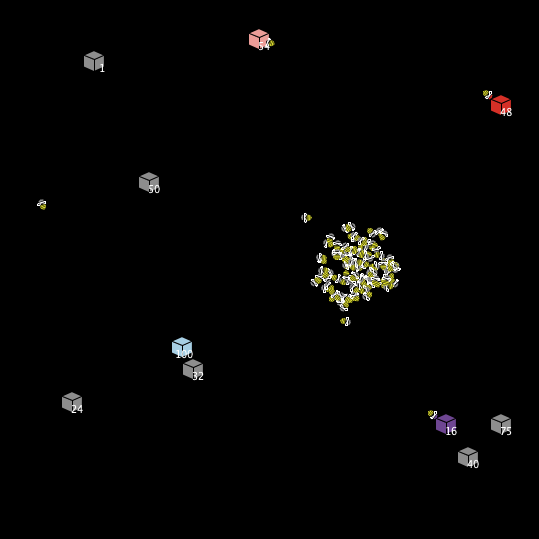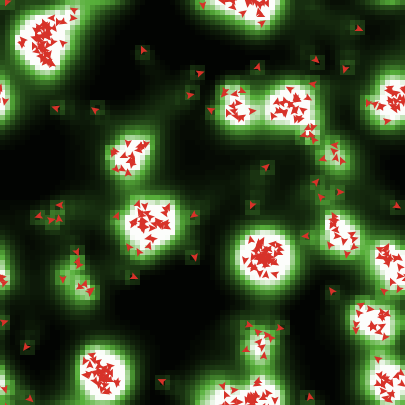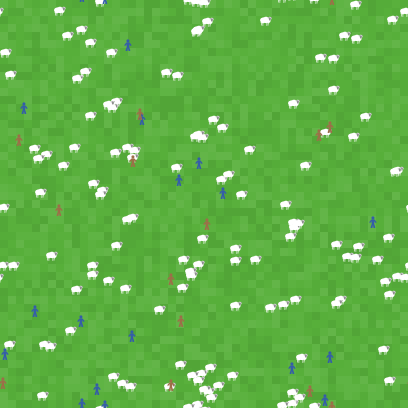tick
A tick is a measure of time in NetLogo models (like seconds or minutes). Ticks are used instead of seconds, minutes, or hours because ticks are standardized across all models and computers; some models and computers run slower than others, but ticks are always the same!
The primitive tick advances the tick counter by one, and updates the plots and monitors of a model. If you are using tick-based updates and include tick in your code, you must remember to reset the ticks before running the model by adding reset-ticks into the setup procedure, or else an error will occur. See reset-ticks for more.
When creating a model, you have the option of choosing continuous or tick-based updates. This changes how often the view updates; continuous displays every change as it happens, and tick-based updates the entire model after one tick. Most models in the Models Library use tick-based updates. If your model is using tick-based updates, it must include tick, usually placed at the end of the go procedure.
In the model example below, we have a bike and 5 houses. Our bicycle goes between the houses during the day (between the ticks 10 to 15) and delivers newspapers. At night, it goes back to the center. Every time the tick counter hits 24, we reset the ticks.
Try it Yourself
What's next?
Once you mastered the tick primitive, don't stop there. Check out the resources below to improve your NetLogo skills.
Published NetLogo models that use the tick primitive:
Similar primitives:
reset-ticks
Sets the tick counter to 0.



